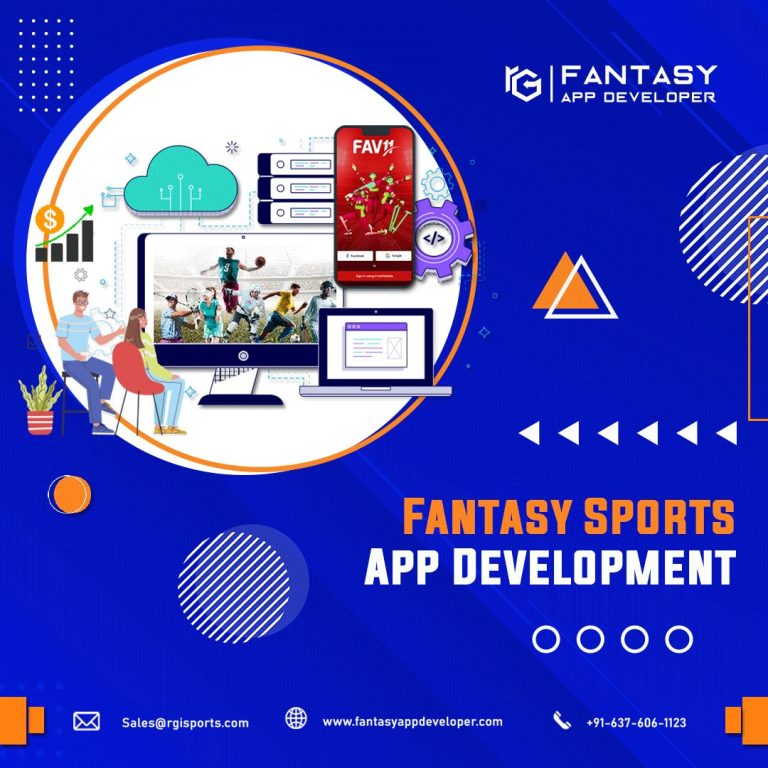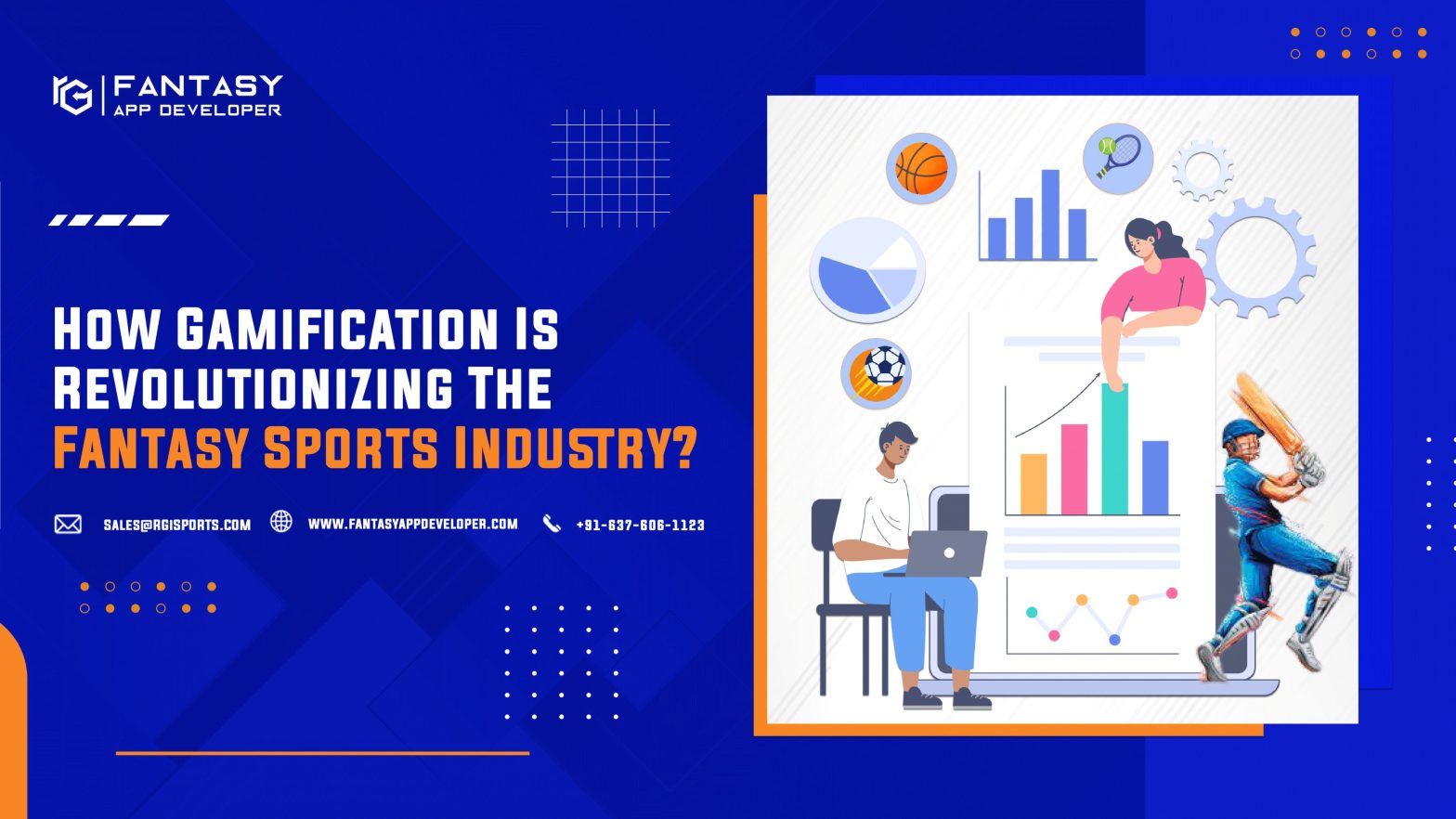Gamification has taken hold across the globe, making it simpler than ever to manage your favorite teams as you have always wanted. The managers and Fantasy Sports Marketers administering these platforms have found it more difficult to maintain ongoing connections with followers as the Fantasy Sports Industry continues to expand rapidly. Consequently, it has been challenging to expand a business and generate the desired revenues.
As a result, Fantasy Sports Marketers have used a variety of Gamification Strategies in recent years with various degrees of success to better engage their users. Most successful OFSPs in this process have recognized the importance of fan involvement, community development, and progressively moving prospects from the need stage to the purchase stage. Gamification is a technologically savvy technique and is one strategy that has cleverly contributed to this evolution.
What are the recent gamification trends?
In addition to Fantasy sports, other sectors are using gamification to communicate with customers and engage with fans efficiently. Gamification is being increasingly embraced by Indian firms in their marketing strategies, and they have not only realized the benefits it holds. According to the mobile marketing platform Vserv, gamification is used in about 10% of the campaigns it creates. Brands like Horlics launched an augmented reality game to increase brand recall, and as a result, the company’s click-through rate increased by 2.5%. As internet connection speed increases and smartphone usage increases in the nation, the use of gamification is only anticipated to increase in the upcoming years.
What are the beneficial factors of gamification In fantasy sports?
The first benefit is that it increases player involvement in the game. Other fantasy sports formats lack the depth of enjoyment and competition that gamification brings. In addition, gamification gives participants a way to compare their accomplishments to others over several seasons, which boosts engagement and makes the game even more thrilling.
Gamification fosters healthy competition between players by fostering cooperation. Gamification also promotes cooperation and coordination among players, which is another perk. People may more easily cooperate to accomplish a common objective which is winning the game thanks to the team-based strategy. Teams must also access unique tools and techniques that help them develop better tactics and enhance their overall performance. Last but never least, gamification rewards good players. Points are obtained by converting goals into points or by finishing game objectives to receive rewards. Players can spend these rewards to buy improvements or goods that will offer them a competitive advantage in upcoming games.

What methods are commonly used for gamification integration?
Fantasy sports have made great progress in incorporating gamification. The procedure is simplified and made more interesting for players using a variety of Gamification Strategies. Game machines are one well-linked strategy or aspect that can be used in games to provide an immersive experience. To keep holding the interest of players in the game features like awards, tasks, goals, leaderboards, and others are included.
By constructing or crafting characters and plot lines that engage players emotionally as well as intellectually, creators may give depth and purpose to their game. Fantasy App Developers may create a fun yet hard gaming environment by integrating all these strategies, which will keep players coming back time and time again. Finally, giving players the option for customization enables them to personalize their experiences to their preferences or aspirations, which strengthens their sense of connection to their virtual worlds.
User interface design is another crucial component since it enhances the game experience by facilitating players’ easy and intuitive navigation of the numerous tasks involved in playing. Furthermore, data analytics is crucial for comprehending how players engage with various game mechanics and for determining how these insights may be used to develop the game.
What are the common strategies to promote user engagement?
Promoting fantasy sports participation through gamification is a successful tactic. Gamification encourages people to engage in an activity for a longer period by giving participants incentives to compete and win prizes. With the help of elements of rivalry, and user status within the sports, incentives, entails providing an experience that is like a game.
The initial strategy of gamification is to take advantage of the initial need of customers or users for reward and recognition. Gamified experiences offer feedback that helps players keep up their good play and reinforces desired behavior. Users can be kept coming back for more by using incentives like points, badges, and leaderboards, which are all effective motivators. Furthermore, interesting information can assist develop stronger bonds between fans and their teams by posing trivia questions or presenting team tasks. It’s now simpler than ever for leagues to draw new players while retaining current ones actively participating in the sport over the long term by gamifying fantasy sports to make it enjoyable, interesting, and rewarding.
Conclusion
The above-provided facts and information discuss how gamification is revolutionizing the Fantasy Sports Industry. Gamification has taken hold across the globe, making it simpler than ever to manage your favorite teams as you have always wanted. The managers and Fantasy Sports Marketers administering these platforms have found it more difficult to maintain ongoing connections with followers as the Fantasy Sports Industry continues to expand rapidly.



